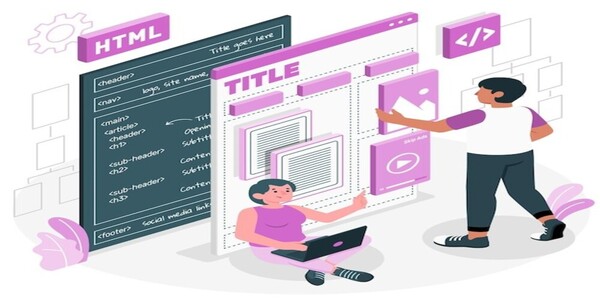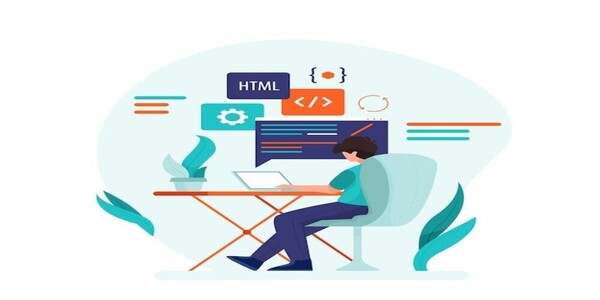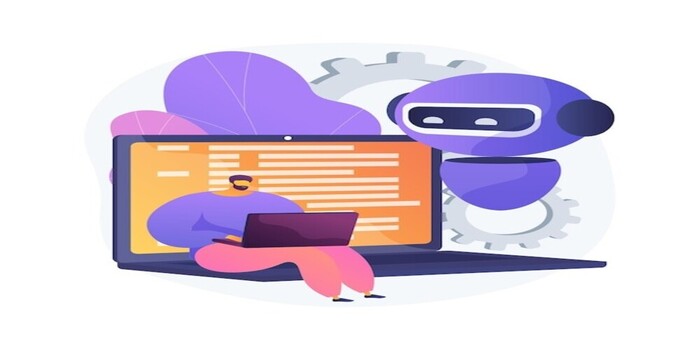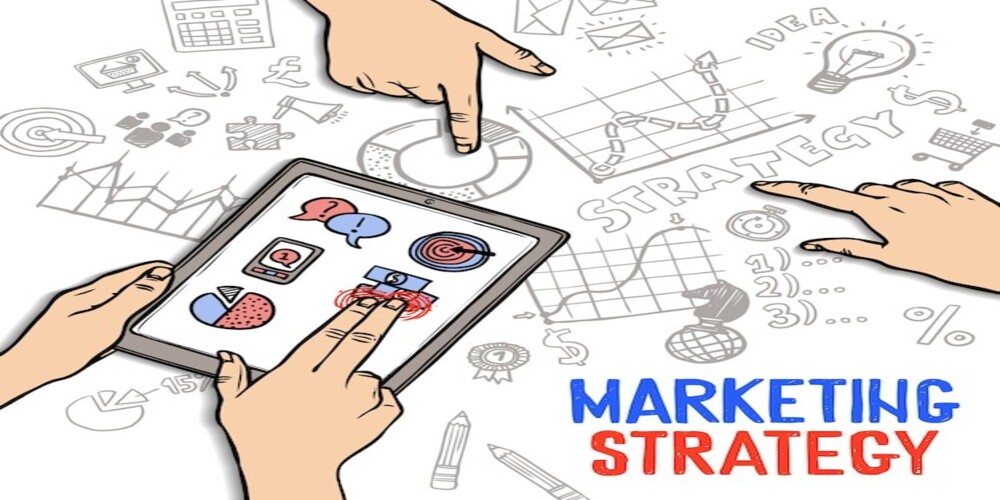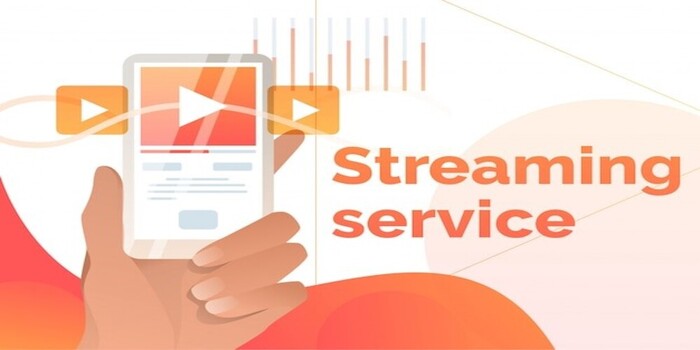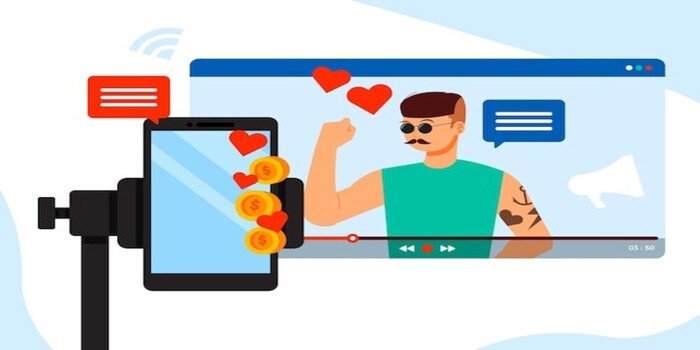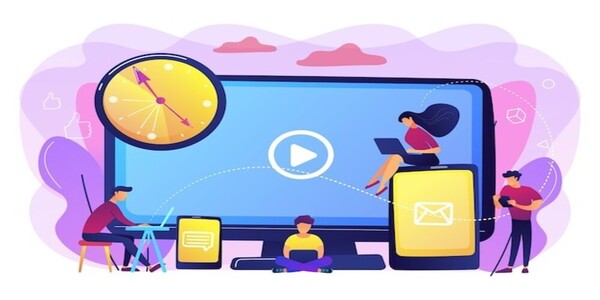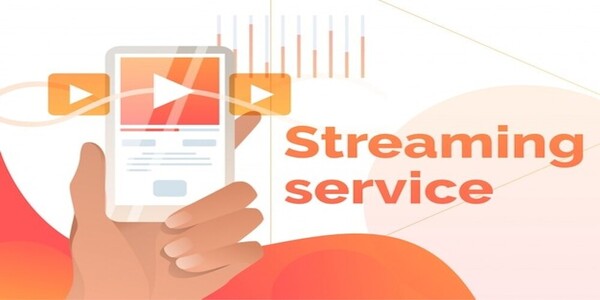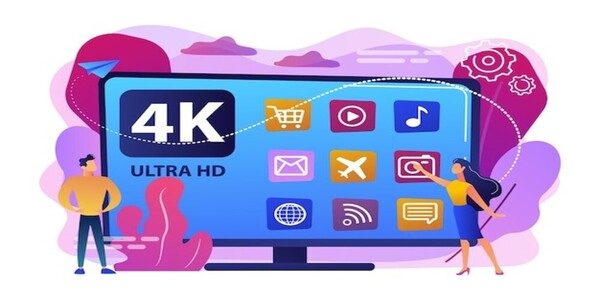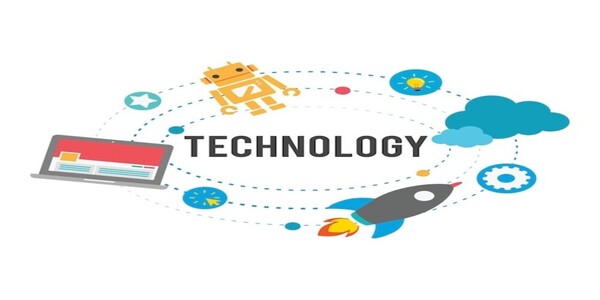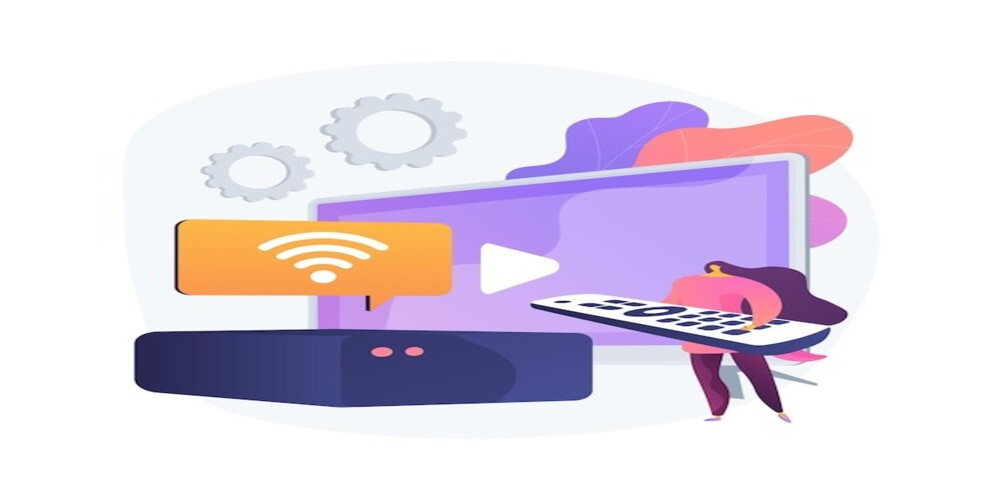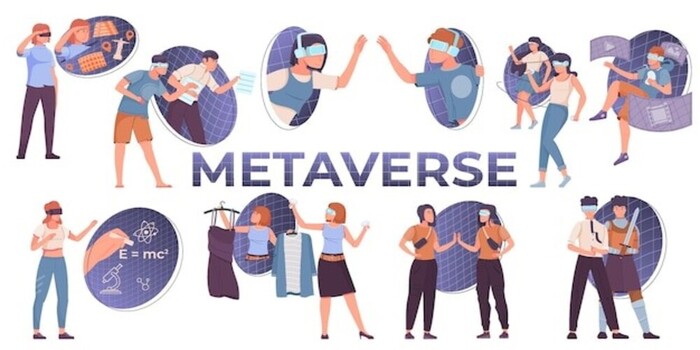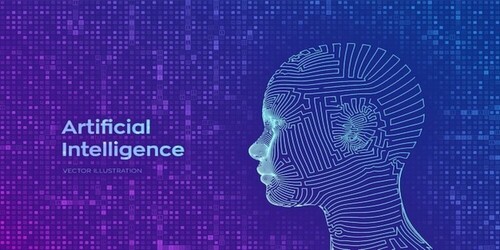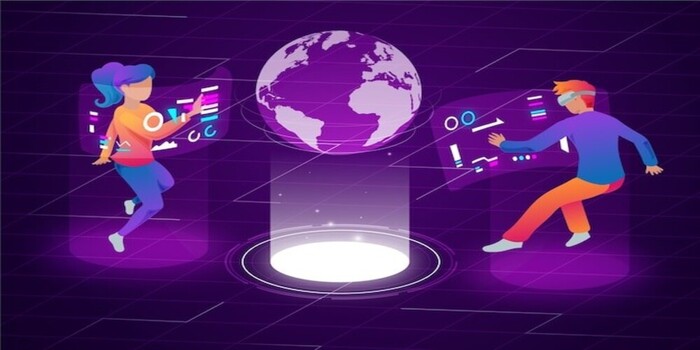
As the Internet of Things (IoT) continues to develop and advance, it is transforming business operations across the globe. IoT technology brings numerous advantages for businesses that adopt it, from improved operational efficiency to operational cost savings. In this blog post, we’ll explore how Internet of Things technology can positively impact business operations, including optimizing processes, streamlining communication between stakeholders and devices, enabling analytics-based decision-making processes and creating new revenue opportunities. Furthermore, we will discuss ways in which organizations can maximize productivity using IoT solutions.
Table of Contents
What is IoT and how can it benefit businesses

Internet of Things, refers to a network of physical devices, sensors, software, and other technologies that are connected to the Internet and can collect and exchange data. These devices can range from simple sensors to complex machines and vehicles, and they can communicate with each other and with cloud-based systems to automate processes, improve efficiency, and generate insights.
IoT can benefit businesses in many ways, including:
- Enhanced productivity: IoT devices can automate many routine tasks, reducing the need for human intervention and freeing up employees to focus on more complex and strategic activities. This can lead to increased productivity and efficiency in operations.
- Improved customer experience: IoT devices can collect and analyze customer data in real-time, allowing businesses to personalize products and services to meet their customers’ needs better. This can improve customer satisfaction and loyalty.
- Cost savings: IoT devices can help businesses optimize resource utilization, reduce waste, and lower energy consumption, leading to cost savings and improved profitability.
- Enhanced safety and security: IoT devices can monitor and control physical environments, detect potential hazards, and alert operators in real-time, helping to prevent accidents and improve safety and security.
- Data-driven insights: Internet of Things devices can generate large amounts of data, which can be analyzed using advanced analytics tools to uncover patterns, trends, and insights. This can help businesses make better-informed decisions and improve their operations over time.
Overall, Internet of Things has the potential to revolutionize the way businesses operate, delivering significant benefits in terms of productivity, efficiency, customer experience, cost savings, safety, and security.
How IoT helps to streamline operations and optimize production processes
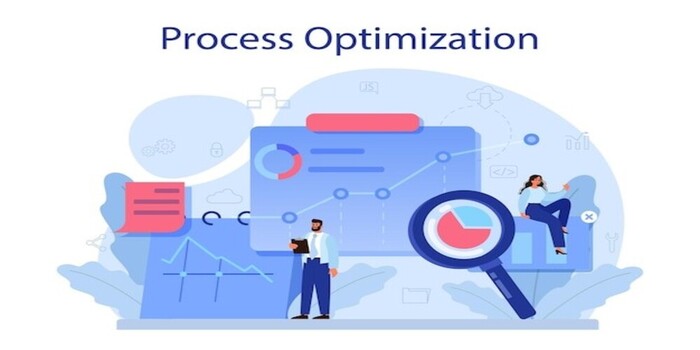
Internet of Things can help streamline operations and optimize production processes in several ways:
- Real-time monitoring: IoT sensors can be used to monitor various aspects of the production process in real-time, such as machine performance, temperature, humidity, and energy consumption. This allows operators to identify and address issues quickly, minimizing downtime and improving overall efficiency.
- Predictive maintenance: IoT sensors can also be used to predict when machines and equipment are likely to fail, based on real-time data and historical patterns. This allows operators to schedule maintenance proactively, reducing the risk of unexpected downtime and prolonging the life of equipment.
- Inventory management: IoT devices can be used to track inventory levels in real-time, providing accurate and up-to-date information on stock levels, location, and condition. This helps businesses optimize their inventory management processes, reducing waste and ensuring that the right products are available at the right time.
- Supply chain optimization: IoT devices can also be used to track shipments, monitor logistics processes, and optimize supply chain operations. This allows businesses to improve delivery times, reduce costs, and enhance overall efficiency.
- Automation: Internet of Things devices can be integrated with automation systems, allowing businesses to automate many routine tasks, such as data entry, quality control, and equipment maintenance. This helps reduce the need for manual labor, improving efficiency and productivity.
Overall, Internet of Things can help businesses streamline operations and optimize production processes by providing real-time data and insights, enabling predictive maintenance and inventory management, optimizing supply chain operations, and automating routine tasks. This leads to increased efficiency, productivity, and profitability, and helps businesses stay competitive in an increasingly complex and fast-paced business environment.
The pros and cons of using IoT in business operations

Pros of using Internet of Things in business operations:
- Increased efficiency: IoT devices can automate many routine tasks, reducing the need for human intervention and improving operational efficiency.
- Real-time data collection and analysis: IoT devices can collect and analyze data in real-time, providing businesses with accurate and up-to-date information on various aspects of their operations.
- Cost savings: IoT devices can help businesses optimize resource utilization, reduce waste, and lower energy consumption, leading to cost savings and improved profitability.
- Enhanced customer experience: IoT devices can personalize products and services based on customer data, improving customer satisfaction and loyalty.
- Improved safety and security: IoT devices can monitor and control physical environments, detect potential hazards, and alert operators in real-time, helping to prevent accidents and improve safety and security.
Cons of using Internet of Things in business operations:
- Security risks: IoT devices can be vulnerable to cyberattacks, which can compromise sensitive data and disrupt operations.
- Privacy concerns: IoT devices collect and transmit sensitive data, raising concerns about data privacy and security.
- Complex implementation: IoT implementation can be complex and require significant upfront investment, including hardware, software, and infrastructure costs.
- Interoperability issues: IoT devices may not always be compatible with existing systems, requiring additional investments in integration and training.
- Maintenance and support: IoT devices require regular maintenance and support to ensure they operate properly and effectively, which can be time-consuming and costly.
Overall, while Internet of Things can provide many benefits to businesses, it is important to weigh these against the potential risks and challenges associated with implementation and ongoing maintenance. Careful planning, investment, and ongoing monitoring and management are essential to ensuring that Internet of Things adoption is successful and delivers the intended benefits.
Challenges associated with adopting IoT within the workplace

Adopting Internet of Things within the workplace can present a number of challenges, including:
- Integration with existing systems: IoT devices may not always be compatible with existing systems, requiring additional investments in integration and training.
- Data management and analysis: IoT devices can generate large amounts of data, requiring effective data management and analysis tools to extract meaningful insights.
- Security and privacy: IoT devices can be vulnerable to cyberattacks, and the data they collect may be sensitive, raising concerns about security and privacy.
- Cost: IoT implementation can be costly, requiring investment in hardware, software, and infrastructure.
- Complexity: IoT implementation can be complex and require specialized expertise, including hardware and software design, network architecture, and data management.
- Training and support: IoT adoption requires employee training and ongoing support to ensure that staff can effectively use and maintain the technology.
- Regulatory compliance: IoT adoption may be subject to regulatory compliance requirements, including data privacy and security regulations.
- Scalability: As Internet of Things systems expand, they can become more complex and difficult to manage, requiring careful planning and ongoing management to ensure scalability.
Overall, adopting Internet of Things within the workplace requires careful planning, investment, and ongoing management to ensure that the technology is effectively integrated, secure, and able to deliver the intended benefits. Addressing these challenges requires specialized expertise and ongoing monitoring and management to ensure successful adoption and effective use of Internet of Things within the workplace.
Tips for successful implementation of IoT in businesses

Here are some tips for successful implementation of Internet of Things in businesses:
- Define clear objectives: Identify the specific goals and objectives of the Internet of Things implementation, such as increasing efficiency, reducing costs, or improving customer experience. This will help guide decision-making and ensure that the implementation is focused on delivering the desired outcomes.
- Conduct a thorough needs assessment: Evaluate the current infrastructure, systems, and processes to identify areas that could benefit from Internet of Things implementation. Consider the potential impact on existing systems, data security, and privacy concerns.
- Develop a comprehensive plan: Create a detailed implementation plan that includes timelines, budget, resource allocation, and risk management strategies. Involve stakeholders and communicate the plan effectively to ensure buy-in and support from all parties involved.
- Choose the right technology: Select IoT devices and platforms that are appropriate for the specific use case, taking into account factors such as compatibility with existing systems, data security, scalability, and ease of use.
- Invest in training and support: Provide adequate training and support to employees to ensure they can effectively use and maintain the Internet of Things technology. This includes ongoing monitoring and management of the Internet of Things implementation to ensure that it continues to deliver the intended benefits.
- Focus on data management: Develop an effective data management strategy that includes data collection, storage, analysis, and visualization. Ensure that data is collected securely and used in compliance with relevant regulations.
- Prioritize security and privacy: Implement appropriate security measures to protect against cyberattacks and ensure data privacy. This includes regularly updating and patching systems, and implementing appropriate access controls.
- Monitor and evaluate performance: Continuously monitor and evaluate the performance of the Internet of Things implementation, using data analytics and performance metrics to identify areas for improvement and optimize the implementation over time.
Examples of companies that are leveraging IoT successfully

Here are some examples of companies that are leveraging Internet of Things successfully:
- General Electric (GE): GE is using IoT to optimize the performance of its industrial equipment and machinery, such as aircraft engines and gas turbines. The company has developed a platform called Predix that collects data from sensors embedded in the machines and uses analytics to identify potential issues before they become problems.
- Amazon: Amazon is using IoT to automate its warehouses and delivery systems, improving efficiency and reducing costs. The company’s Echo smart speakers also use IoT to control smart home devices, allowing customers to manage their homes with voice commands.
- Rolls-Royce: Rolls-Royce is using IoT to monitor the performance of its aircraft engines in real-time, allowing the company to detect potential issues and schedule maintenance before a breakdown occurs. The company’s TotalCare service includes data analytics, remote monitoring, and predictive maintenance.
- John Deere: John Deere is using IoT to optimize farming operations, such as planting, harvesting, and irrigation. The company’s Precision Agriculture platform includes sensors, GPS, and data analytics to optimize crop yields and reduce waste.
- Nest: Nest, a subsidiary of Google, is using IoT to create smart home devices that can be controlled through a smartphone app. The company’s products include thermostats, security cameras, and smoke detectors that can be automated and customized to the user’s preferences.
Overall, these companies demonstrate the potential of Internet of Things to transform industries and improve efficiency, productivity, and customer experience. By leveraging Interent of Things technologies, businesses can gain valuable insights into their operations, optimize their processes, and stay ahead of the competition.
In Conclusion
It is clear that Internet of Things can be a powerful tool to help businesses optimize and streamline operations. Nevertheless, there are still challenges that need to be addressed in order for companies to successfully implement the technology. By learning from the best practices of companies who are leveraging the power of Internet of Things, businesses can be better prepared to tackle any arising issues and make the most out of their investment into adopting this new technology. Lastly, it’s important to remember that although it may be intimidating at first, when done right, embracing Internet of Things could provide numerous benefits for businesses in terms of cost savings, increased efficiency and improved customer experience.
FAQs
1. What is IoT?
The Internet of Things, refers to the network of physical devices, vehicles, home appliances, and other items embedded with sensors, software, and connectivity that allows them to exchange data and be remotely controlled or monitored.
2. How does Internet of Things impact business operations?
Internet of Things can have a significant impact on business operations by enabling real-time monitoring and analysis of data from connected devices. This can lead to improved efficiency, productivity, and cost savings. For example, Intenet of Things sensors can be used to monitor equipment performance and predict maintenance needs, reducing downtime and increasing operational efficiency.
3. How does IoT impact productivity?
Internet of Things can enhance productivity by automating tasks and providing real-time data insights. This can enable workers to make better decisions, work more efficiently, and focus on more valuable tasks. For example, Internet of Things can be used to automate inventory management, reduce manual data entry, and optimize production processes.
4. What are some challenges of implementing IoT in business operations?
Some challenges of implementing Internet of Things in business operations include security concerns, data privacy issues, and the need for specialized skills and resources to manage and analyze large amounts of data. Additionally, the cost of implementing Internet of Things technology and integrating it with existing systems can be a barrier for some businesses.









